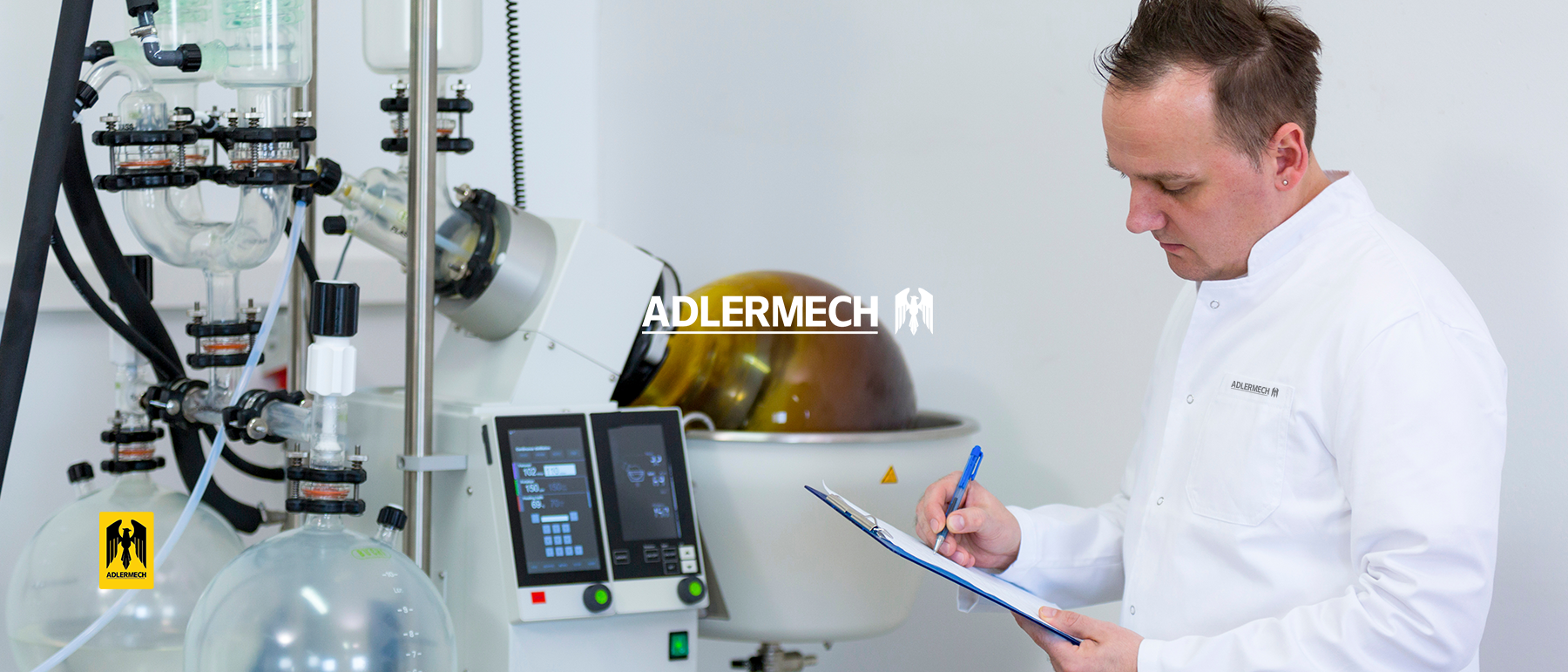When it comes to CBD oil, there are a lot of questions surrounding the extraction process and what part of the plant is used. CBD oil uses the stalks, leaves, and flowers of the hemp plant in its production. These contain a higher concentration of CBD, which is a compound with numerous potential health benefits. Meanwhile, hemp seed oil comes from the seeds of the Cannabis sativa plant.
So, how is CBD oil made? Cannabidiol (CBD) is a natural extract from the hemp plant. It contains no trace of THC so is both legal and non-intoxicating. Unlike THC, CBD has no addictive or psychoactive elements. As a result, many people are known to use CBD for its therapeutic properties.
CBD is available mostly in oil form, which is extracted from the hemp plant and then mixed with a ‘carrier’ oil. In this article, we will explain how Grass & Co. CBD Oil is made, outlining the range of processes involved in cultivating, extracting, and refining CBD oil.
The first step in the process is cultivating the hemp plant. The CBD must be extracted from ‘industrial hemp’ that is grown legally in Europe and the US. This is cultivated from seeds that contain less than 0.2% THC as per EU regulations. Instead of THC, these plants are grown and nurtured so that they contain high levels of CBD.
Once the hemp plant is ready, the next step is extracting, refining, and distilling the CBD oil from the hemp plant. There are many different techniques for extracting CBD from the hemp plant. Generally speaking, any commercial CBD extraction technique will require the use of solvents. These solvents are important because they’re highly efficient in separating the CBD molecule from the other compounds found in the cannabis plant, and in purifying the solution. Afterward, the solvent evaporates, leaving behind only pure CBD Oil.
The most common method for extracting CBD is ‘CO2 extraction,’ which uses a closed-loop extractor, a system for extracting essential oils for perfumes, as well as creating food additives. The hemp is placed in a chamber which is then filled with carbon dioxide. By applying pressure to the chamber, the carbon dioxide is turned to liquid, which then absorbs the hemp’s oils and flavors. The end result is a liquid consisting of both carbon dioxide and CBD. This liquid is then pumped into a final chamber where the carbon dioxide is turned into gas.
Although this extraction process is known to be safe, efficient, and with an end result that is potent, it’s important to be aware that this process isn’t always alcohol-free. Material extracted with CO2 typically needs to be further refined with an alcohol solvent to create CBD isolate or distillate.
Another viable way of extracting CBD is by using liquid solvents such as ethanol, butane, or isopropyl alcohol. This is widely regarded as one of the simplest extraction methods. As a plant-based solvent, experts claim that ethanol helps to maintain hemp’s natural chemical properties during extraction. However, some tests have shown that the solvent residue isn’t always fully eliminated during the evaporation step. In addition, when natural solvents like ethanol are used, chlorophyll may also be extracted during the process and this gives the resulting oil an unpleasant taste.
Creating CBD isolate or distillate is not a solvent-free process, and though the solvent selection is significant, it’s not the only piece that supports the extraction process. Following extraction, the CBD Oil

Leave a Reply